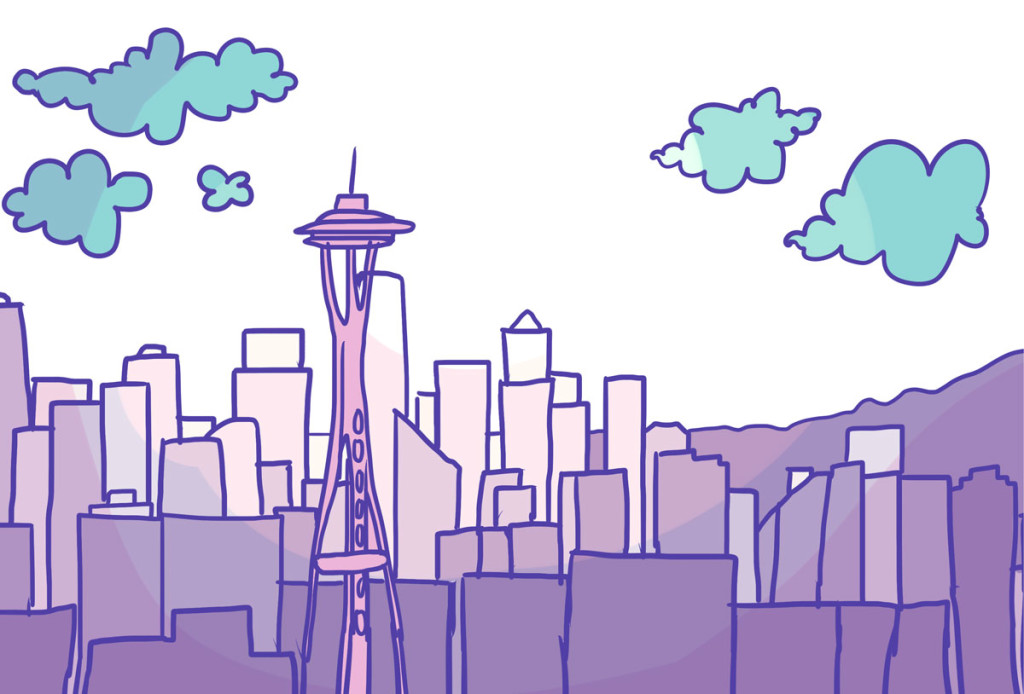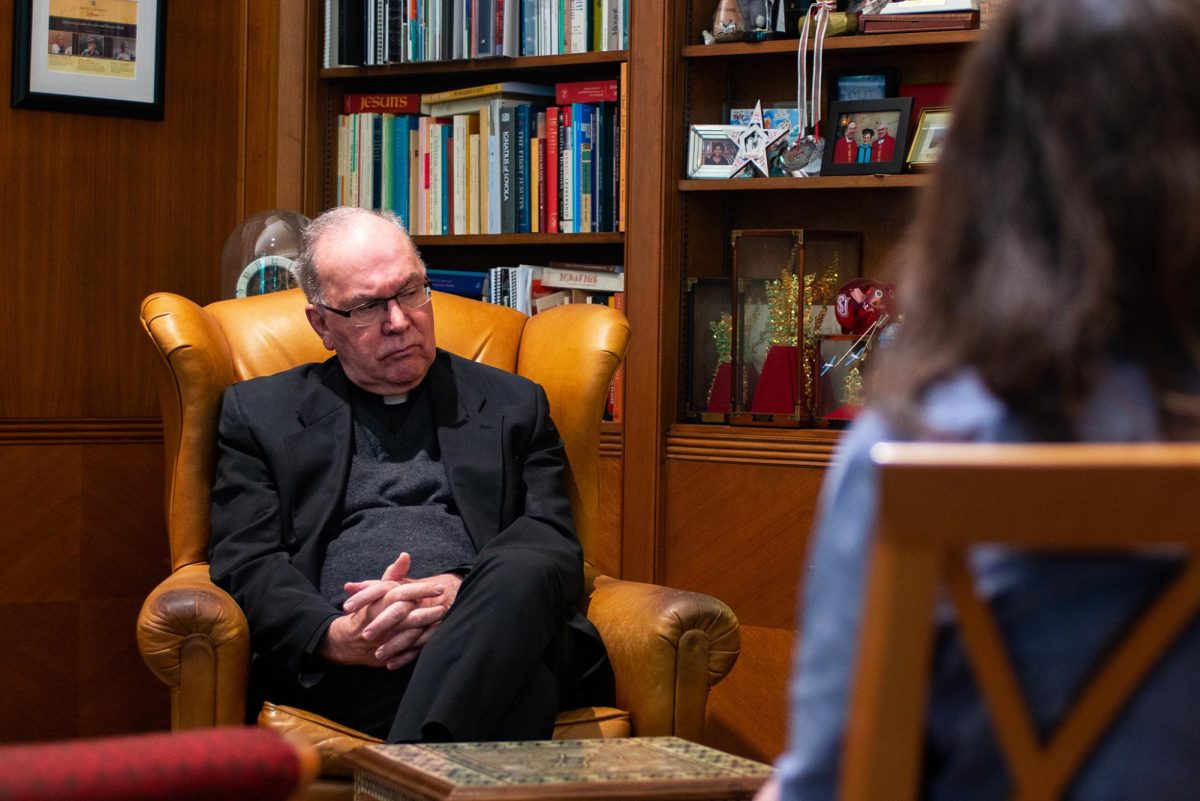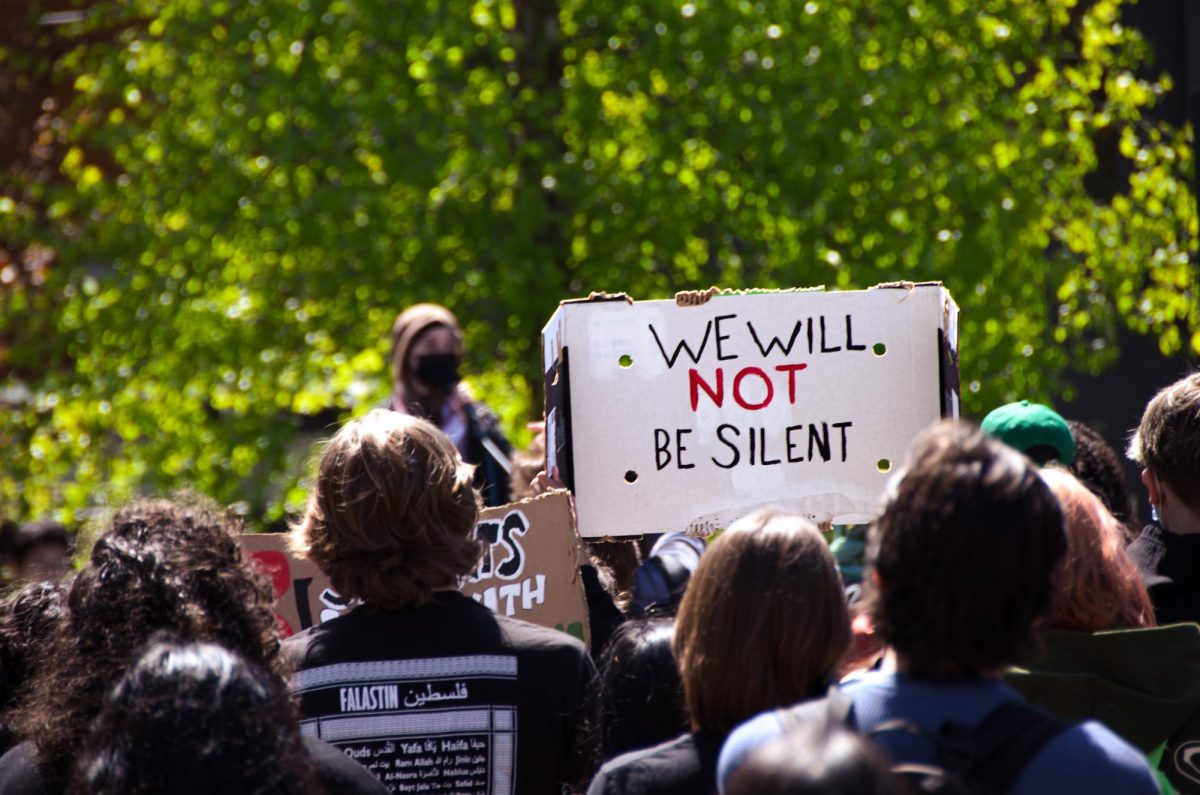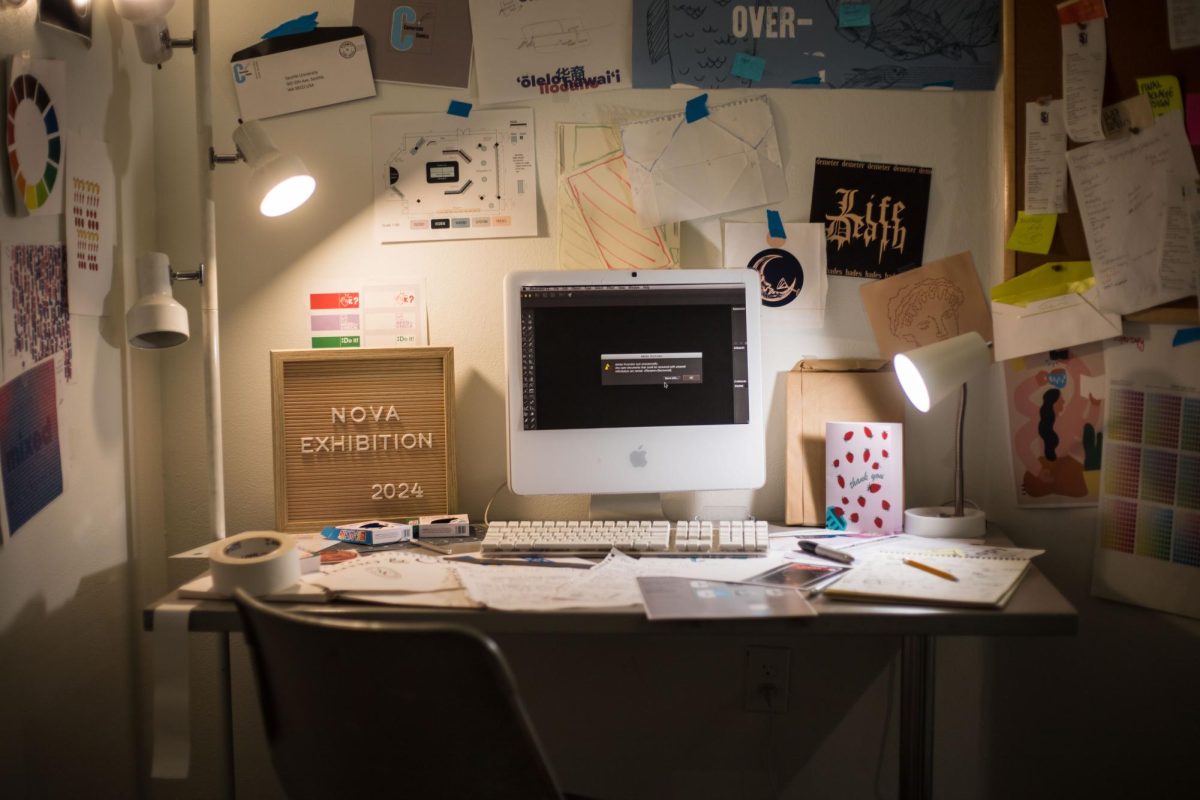What Happened While You Were Out

The Big Bad Bertha Breakdown
Over the holidays, the world’s largest tunnel boring machine, a.k.a. Bertha, was in the process of a two-mile long mission beneath the surface of Seattle. Because big Bertha is so big, many Seattleites were a little shocked when the drill was denied movement by an object.
In classic Seattle fashion, residents around the city began developing increasingly absurd, ironic or otherwise sarcastic explanations for the stoppage. Guesses ranged from Gandalf to treasure to “your mom.”
“It could be Jimmy Hoffa, it might be Sasquatch or it could be a flying saucer, you know,” said local historian Feliks Banel to NBC News last month.
According to The Seattle Times, the cause turned out to be rather mundane — an 8-inch diameter steel pipe got in the way of the drill.
When the drill got stuck, Bertha was about 1,100 feet below the surface on a two-mile drilling journey. The hole is being dug for the tunnel that will replace Seattle’s waterfront viaduct. The tunnel project began after damage to the viaduct from a 2001 earthquake.
The Washington State Department of Transportation (DOT) reported the pipe that stopped the mission on Dec. 6, was part of a 119 foot long well casing that was fitted beneath Seattle in 2002 in order to study groundwater movement under the city.
“We need to investigate further to see if there are other factors that could have contributed to the blockage,” Matt Preedy told NBC news in a report. “Our focus right now is on resuming tunneling as quickly and safely as possible.” Poor Bertha.
Fire Burning on the Dance Floor
During a New Year’s Eve party at the popular Capitol Hill night club Neighbours, an arsonist started a fire. According to Capitol Hill Seattle blog (CHS), witnesses report seeing the suspected arsonist pour gasoline onto the packed club’s carpeted staircase shortly after midnight.
Because the club was filled with New Year’s partygoers, the fire sparked panic and immediate action from some of the bar’s patrons.
In a statement issued to CHS on Jan. 2, Neighbours reported, “We are happy to report that the fire did not harm, or even injure anyone, because friends and U.S. service members Christopher Bostick and Mike Casey and Neighbours Seattle bartender Lucas Shipley located and grabbed a fire extinguisher and put the fire out in under 30 seconds.”

The statement also reported that the club’s bar staff was responsible for pulling the fire alarm and quickly evacuating the building when the fire department arrived. The statement was brief, given that spokespersons were unable to release much information due to the ongoing investigation.
One Capitol Hill resident, Shaun Knittel, was at the club when the arson took place and caught the aftermath of the incident on a video which he provided to KOMO news.
Knittel is an associate editor at Seattle Gay News, as well as an active member of Social Outreach Seattle, a group he helped form to combat street and hate crimes.
In 2011, the Seattle Fire Marshall filed a report stating that the club would have to undergo fire and seismic upgrades or be shut down. In 2012, the club underwent said upgrades, and thus remained open with the status of “multilevel night club,” according to CHS.
The SFD estimated the fire and water damage to the club at $6,000. Despite this damage, the club expects to reopen quickly.

Bullitt Center Hits the Target
Since it was first opened on Earth Day (April 22, 2013), the Bullitt Center has striven to achieve a very specific goal — to be named the world’s greenest building by World Architecture News. Recently, it achieved just that status.
The building is designed to produce as much, if not more, energy than it consumes. According to The Seattle Times, the $30 million building uses rooftop solar panels and a rainwater catchment system to produce its own energy and supply all of its water needs.
It filters its own sewage, has a maximum on electricity consumption by renters and provides parking only to bikes.
The building is owned by the Bullitt Foundation, the environmental organization that owns the building, occupies only half of the building’s sixth floor. The rest of the space is being leased out to other businesses and organizations such as the University of Washington Design Lab and the International Future Living Institute. According to The Seattle Times, about 80 percent of the building has been leased.
Denis Hayes, the president of the Bullitt Foundation and organizer of the first Earth Day in 1970, set out to give building designers a new example of what an environmentally friendly building could look like.
“If the building is still the highest-performing one of its kind 10 years from now, then our experiment will have failed,” Hayes said in an interview with The New York Times.
The building is a living example of the creativity that what will hopefully become a prevalent urban design.
Activists Wage War on Seattle
Almost immediately after taking office, new Seattle mayor Ed Murray has made it clear that his administration will work to raise Seattle’s minimum wage for city workers to a lofty $15 an hour.
Murray set the wheels of change in motion by asking for a proposal on how to address the raise within four months. The move indicates a desire to avoid a vote on the issue, reported the Huffington Post.

This could be the result of a similar push that took place in August and was met by firm opposition from some businesses.
“Some business advocates say a higher minimum wage will make it harder for companies in Seattle to survive,” reported the Associated Press in August. “They cite Wal-Mart, which has all but refused to accept a Washington, D.C. decision to raise the minimum wage to $12.50 an hour in big box stores.”
The report goes on to suggest that high minimum wages hurt the working man by driving up prices.
Seattle already has one of the nation’s highest minimum wages at $9.32 an hour as of New Year’s Day. However, this is not stopping Murray and it will be interesting to see how the public responds to the push in coming months.
Will may be reached at [email protected]












